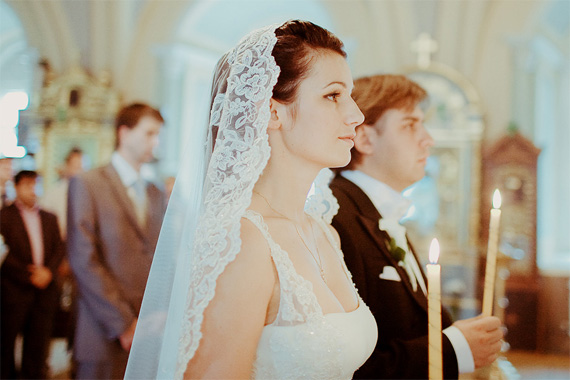Wedding photography—and particularly the documentary image—takes up a great deal of my thinking time when I’m sitting at my desk editing or reading on the Internet. It’s a passion as well as a job, so I’m quite often distracted by other photographers’ websites or getting involved in discussions on the various forums that cover the subject. One particular discussion I was involved with earlier this week asked the question:
“What defines a ‘documentary / reportage / observational’ photograph?”
and it’s one of those deceptively simple questions that gets you thinking about everything that you do.

photos captured by Andrew Florides
Weddings are littered with cameras these days—every guest must have one—so what is it that I’m doing on the day that differs from everyone else who’s taking photographs?
The Majority of My Work is Unposed
I’m looking for truthful, natural, and unself-conscious photographs of how the wedding day was for everyone who experienced it on the day. (Guests’ photographs tend to be about making other guests stand and smile for the camera.)
My Photography is About Telling a Story
Whether it’s within a single image or a sequence of images, I’m always looking to tell the story of the wedding day in each photograph. I’m always looking to show the emotional interaction that’s happening. Not every photograph is about smiling and looking at the camera; more often it’s about the heightened emotions of the day: crying, laughing, kissing, being proud, being overwhelmed, being nervous, being really REALLY happy, being human.
It’s most importantly about what is happening ‘between’ people—photographing the connections and reactions of the wedding day. I really love that there are so many emotions that couples, parents, and friends go through that it makes telling the story so compelling for me.

photo captured by Tatiana Garanina
It’s More Than Snapshots
I’ve been asked before, “With so many guests clicking away throughout the day, why not just collect all their shots together and make an album?”
Some of the explanations above will go part of the way toward answering the question, but I would also say that it’s not their ‘job’ to document the day. They are part of the day. I’m watching, waiting, anticipating, and creating photographs that are not just little slices of the day but form part of a narrative that tells the story of the event in an aesthetic, artistic, and pleasing way (I hope).

photo captured by Gagan Dhiman
Before I click the shutter I’m not just thinking about who’s in the frame but where we are, what the light is like, what I want to say, how best to communicate what the photograph will tell us, what to include in the frame and what to leave out and what split second in time will register the emotions of the scene (or when the punchline is coming in the speech so I can get everyone laughing at the same time!).
Every guest takes a ‘snapshot’ so they can remember being there, but a good documentary photographer communicates the emotion of the day to people who weren’t there or who haven’t yet been born.
About the Author:
I am a professional wedding photographer based in Staffordshire, England (weddingedge dot co dot uk). My approach to wedding photography is to create a natural, relaxed set of images telling the story of the day. I am passionate about ‘good’ wedding photography and believe it’s the photographer’s job to create a very individual set of images of each wedding day. I live with my wife, Rachel, and shoot all over the UK.
For Further Training on Wedding Photography:
This course is designed to teach photographers the techniques used by professionals to get great photos – every time – even in the most difficult conditions at parties, weddings, concerts, corporate functions, nightclubs, fashion shows, fast-moving sports games, festivals, and more. To have the equipment and knowledge ready so you’ll never again feel nervous or out of your league when photographing an event again.
Found here: Secrets of Successful Event Photography
Go to full article: What Defines a Documentary Wedding Photograph?
What are your thoughts on this article? Join the discussion on Facebook or Google+
Article from: PictureCorrect